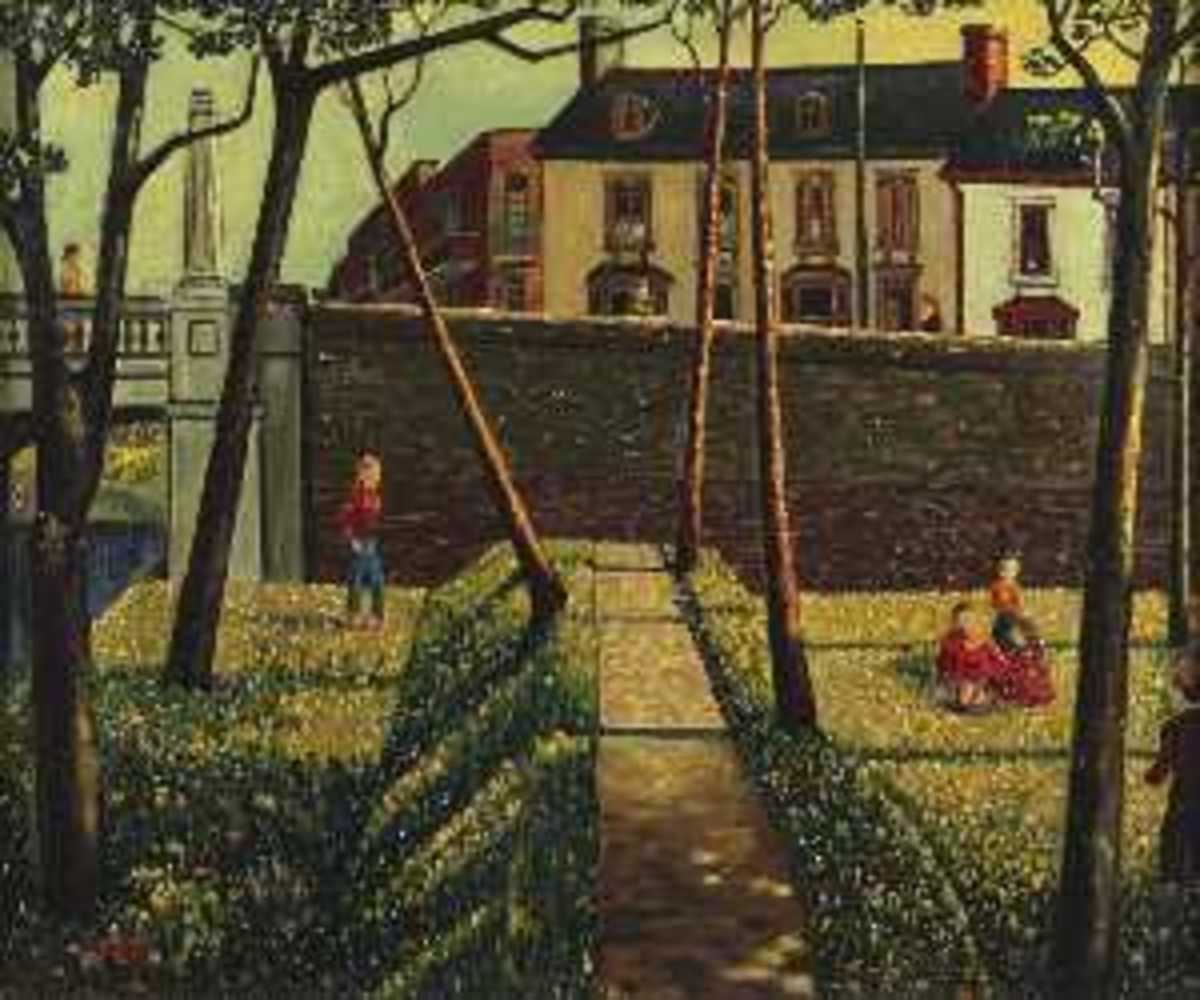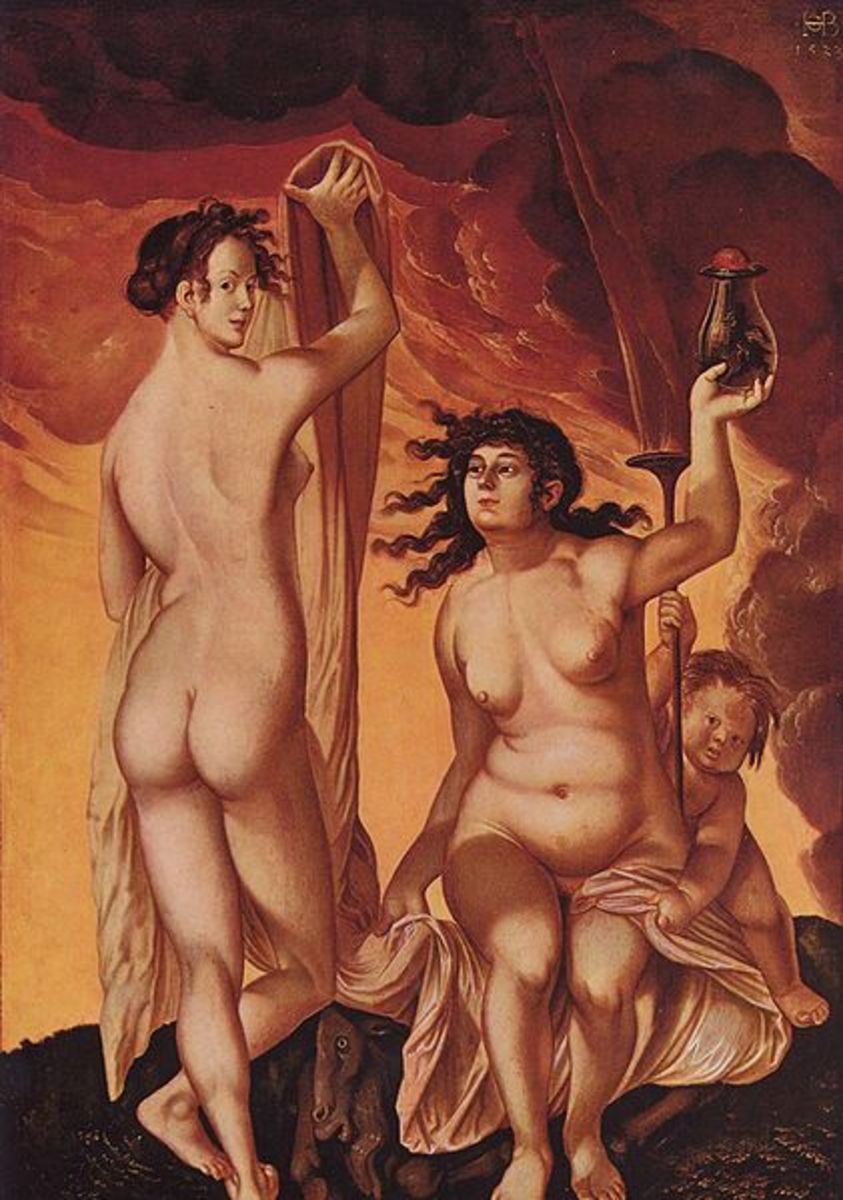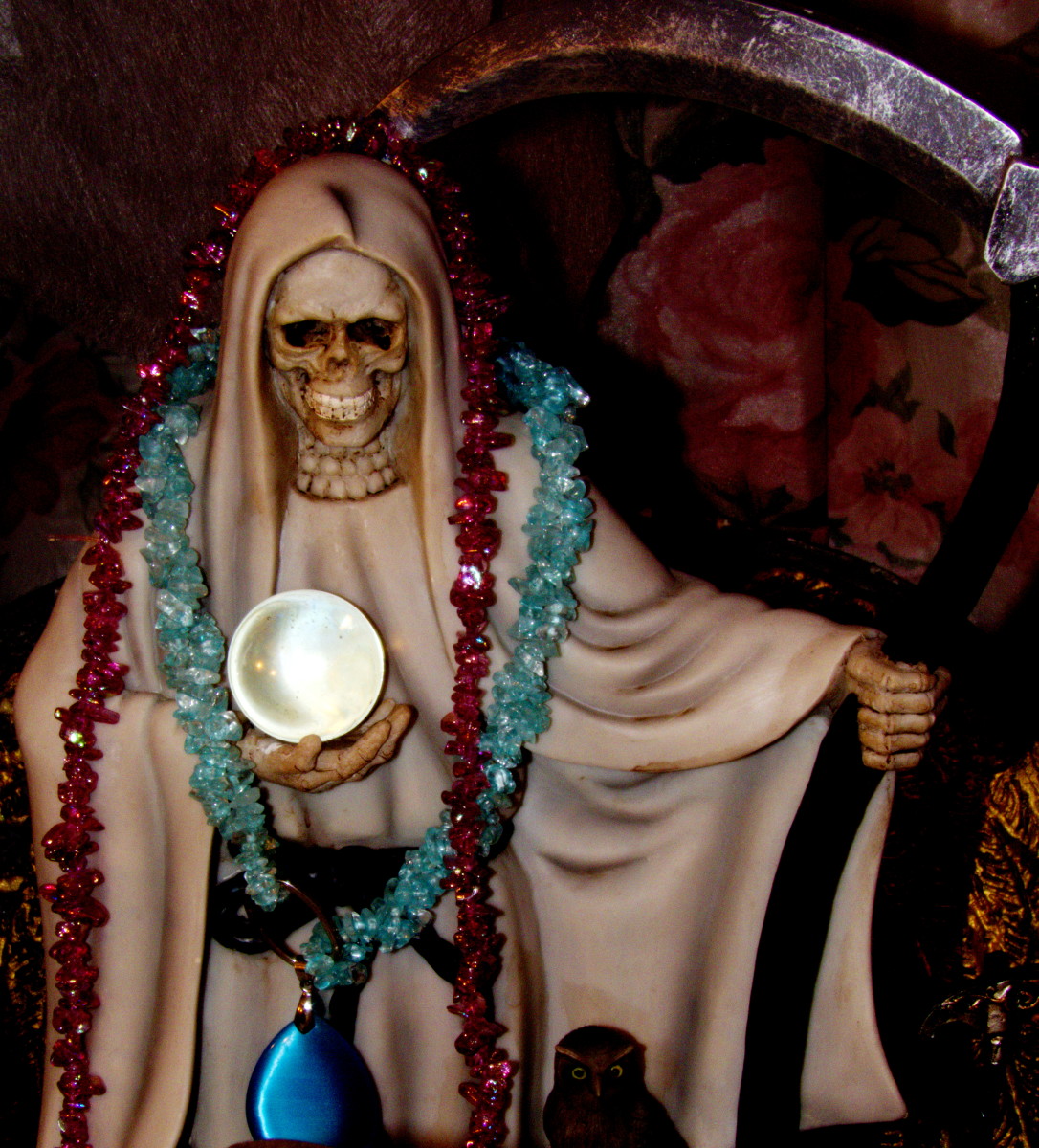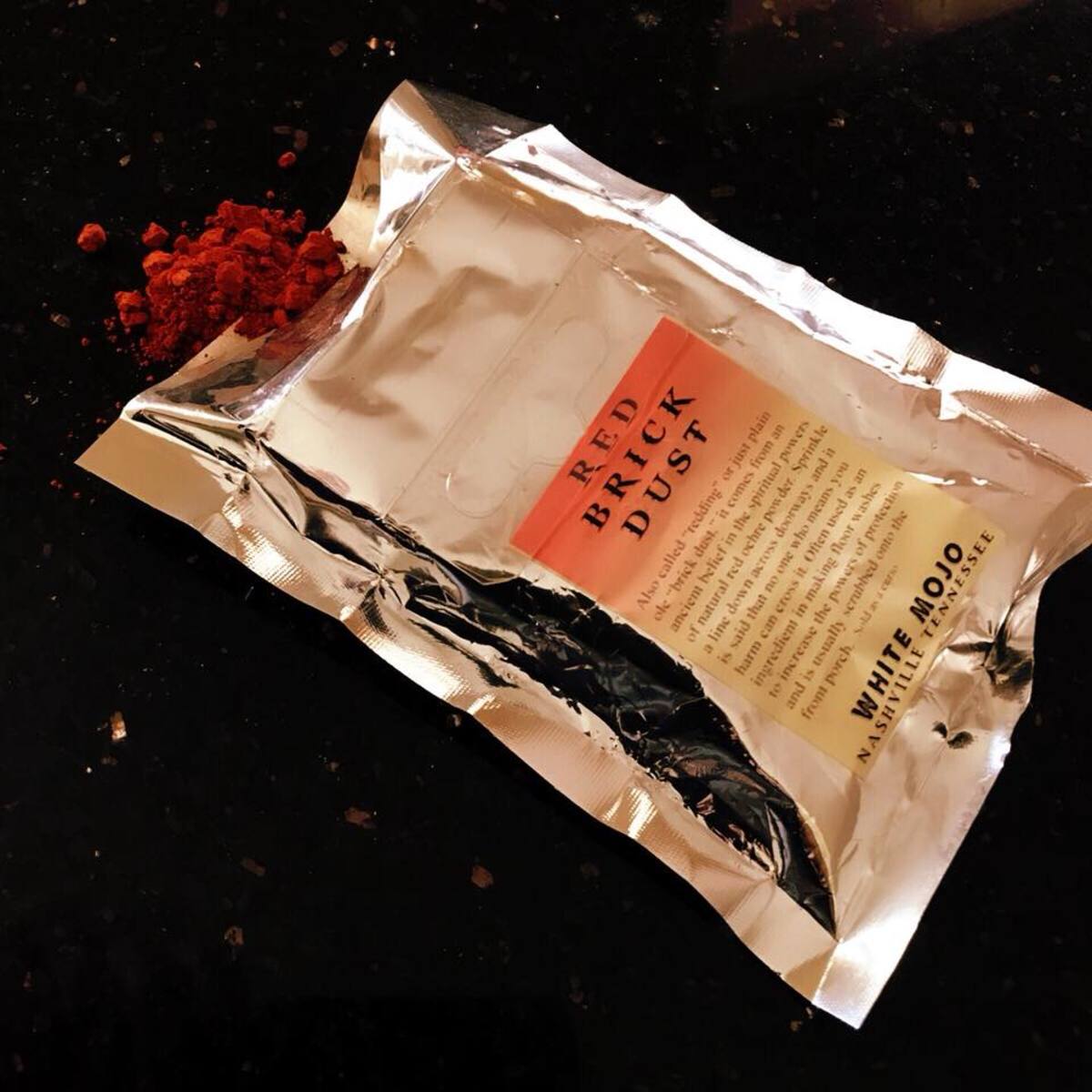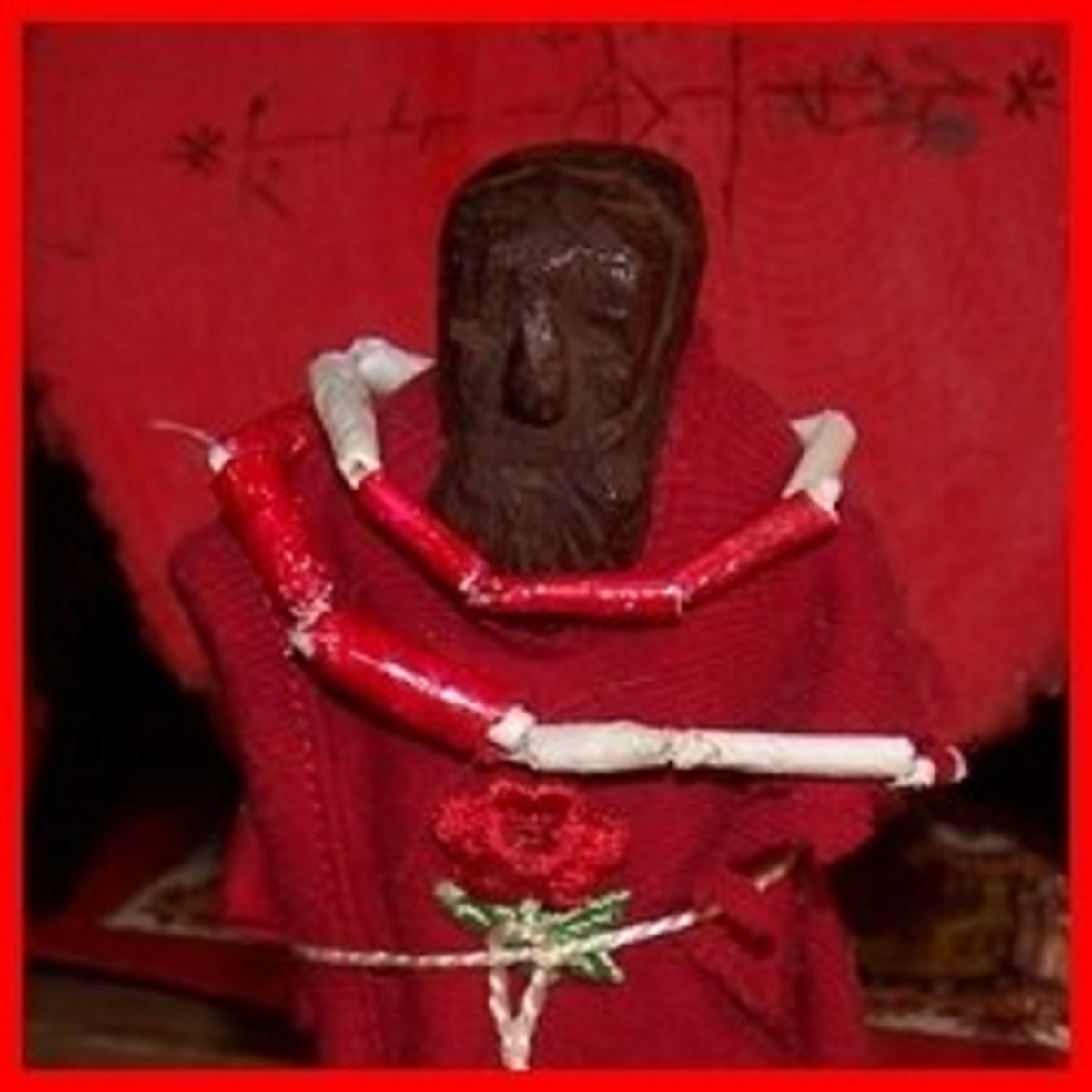Malleus Maleficarum - Hammer Against Witches
Pope Innocent XIII and the Dominican Monks
In 1484, Pope Innocent XIII issued the Summis Desiderantes, which charged two Dominican Monks with writing Malleus maleficarum, or "the Hammer Against Witches." These monks, who were inquisitors, were Heinrich Kramer and James Sprenger. Their complete manuscript was published in 1486. This book led to the deaths of thousands and most of them were women. The death toll estimations range from 60,000 to an excess of 9,000,000. Since records weren't kept in most of the cases, it is impossible to know the actual number of people who were killed as a result of the numerous printings of Malleus maleficarum.
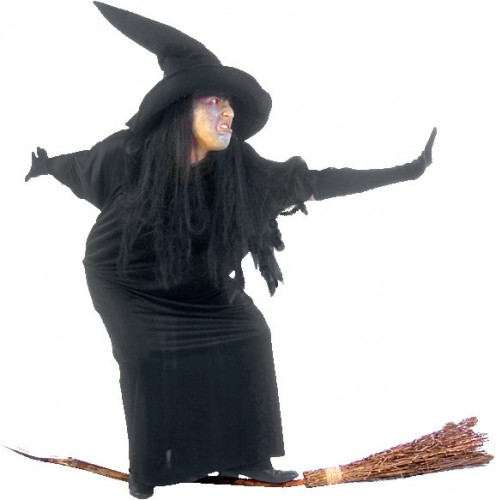
Medieval Christian Society
After the eradication of dualism sects in Christian society, the church was starting to run low on funds. Everyone that could have been fined by the church and government for not conforming to Christianity had already been relieved of their wealth. This seemed to cause new concern about sorcery and witchcraft, which represented a new source of income for the church. Wealthy women were the most likely to be targeted as witches because their wealth could easily be taken away from them - and thus began the famous witch-hunts in Europe.
Superstitions ruled the day during this time period. Even though it was commonplace for some village women to use herbs to cure sick individuals, it was thought of as magical or otherworldly. The church didn't want anyone to have any special powers with the exception of the Pope, Jesus, the Holy Spirit and God. The Catholic Church was about to eradicate even more dualist believers by ridding their world of village healers.
Misogny
"Pope John XXII formalized the persecution of witchcraft in 1320 when he authorized the Inquisition to prosecute sorcery." - A History of Medieval Christianity
Men ran the inquisitions and even the Latin name given the book was the feminized version (otherwise it would have been Malleus Maleficorum ). This book strengthened the belief that women were more carnal and prone to falling in with the devil than their much stronger and intelligent male counterparts. It was believed that witches were capable of cannibalism, casting evil spells to harm others, infanticide and the power to steal men’s penises. Armed with this book, inquisitors were free to torture women in order to gain a confession that they were in league with the devil. It didn't matter if inquisitors deformed, lied to or killed any of the women during their inquisitions. In many cases the women were killed after their confessions, even if they were promised that they would live.
Some women were promised that they would be allowed to live, but that they would have to live on a diet of bread and water. After a short period of time however, they would still be burned at the stake.
Once the women were killed their possessions were taken by the church and by male relatives.
Malleus Maleficarum Part I
"The first part treating of the three necessary concomitants of witchcraft, which are the devil, a witch and the permission of almighty God." - Malleus Maleficarum
The Malleus maleficarum consists of three parts. The first consisted of
18 questions that should be considered in the determination of whether someone was a witch or not:
- Whether the Belief that there are such Beings as Witches is so Essential a Part of the Catholic Faith that Obstinacy to maintain the Opposite Opinion manifestly savours of Heresy.
- If it be in Accordance with the Catholic Faith to maintain that in Order to bring about some Effect of Magic, the Devil must intimately co-operate with the Witch, or whether one without the other, that is to say, the Devil without the Witch, or conversely, could produce such an Effect.
- Whether Children can be Generated by Incubi and Succubi.
- By which Devils are the Operations of Incubus and Succubus Practised?
- What is the Source of the Increase of Works of Witchcraft? Whence comes it that the Practice of Witchcraft hath so notably increased?
- Concerning Witches who copulate with Devils. Why is it that Women are chiefly addicted to Evil superstitions?
- Whether Witches can Sway the Minds of Men to Love or Hatred.
- Whether Witches can Hebetate the Powers of Generation or Obstruct the Venereal Act.
- Whether Witches may work some Prestidigatory Illusion so that the Male Organ appears to be entirely removed and separate from the Body.
- Whether Witches can by some Glamour Change Men into Beasts.
- That Witches who are Midwives in Various Ways Kill the Child Conceived in the Womb, and Procure an Abortion; or if they do not this Offer New-born Children to Devils.
- Whether the Permission of Almighty God is an Accompaniment of Witchcraft.
- Herein is set forth the Question, concerning the Two Divine Permissions which God justly allows, namely, that the Devil, the Author or all Evil, should Sin, and that our First Parents should Fall, from which Origins the Works of Witches are justly suffered to take place.
- The Enormity of Witches is Considered, and it is shown that the Whole Matter should be rightly Set Forth and Declared.
- It is Shown that, on Account of the Sins of Witches, the Innocent are often Bewitched, yea, Sometimes even for their Own Sins.
- The Foregoing Truths are Set out in Particular, this by a Comparison of the Works of Witches with Other Baleful Superstitions.
- A Comparison of their Crimes under Fourteen Heads, with the Sins of the Devils of all and every Kind.
- Here follows the Method of Preaching against and Controverting Five Arguments of Laymen and Lewd Folk, which seem to be Variously Approved, that God does not Allow so Great Power to the Devil and Witches as is involved in the Performance of such Mighty Works of Witchcraft.
Malleus Maleficarum, Part II
Part II of the Malleus Maleficarum consisted of "Treating on the methods by which the works of witchcraft are wrought and directed and how they may be successfully annulled and dissolved."
The first question was: Of those against whom the Power of Witches availeth not at all.
The solutions were discussed at length in the following chapters:
- Of the several Methods by which Devils through Witches Entice and Allure the Innocent to the Increase of that Horrid Craft and Company.
- Of the Way whereby a Formal Pact with Evil is made.
- How they are Transported from Place to Place.
- Here follows the Way whereby Witches copulate with those Devils known as Incubi.
- Witches commonly perform their Spells through the Sacraments of the Church. And how they Impair the Powers of Generation, and how they may Cause other Ills to happen to God’s Creatures of all kinds. But herein we expect the Question of the Influence of the Stars.
- How Witches Impede and Prevent the Power of Procreation.
- How, as it were, they Deprive Man of his Virile Member.
- Of the Manner whereby they Change Men into the Shapes of Beasts.
- How Devils may enter the Human Body and the Head without doing any Hurt, when they cause such Metamorphosis by Means of Prestidigitation.
- Of the Method by which Devils through the Operations of Witches sometimes actually possess men.
- Of the Method by which they can Inflict Every Sort of Infirmity, generally Ills of the Graver Kind.
- Of the Way how in Particular they Afflict Men with Other Like Infirmities.
- How Witch Midwives commit most Horrid Crimes when they either Kill Children or Offer them to Devils in most Accursed Wise.
- Here followeth how Witches Injure Cattle in Various Ways.
- How they Raise and Stir up Hailstorms and Tempests, and Cause Lightning to Blast both Men and Beasts.
- Of Three Ways in which Men and Women may be Discovered to be Addicted to Witchcraft: Divided into Three Heads: and First of the Witchcraft of Archers.
Question number two: The Methods of Destroying and Curing Witchcraft
Introduction, wherein is Set Forth the Difficulty of this Question.
The following chapters attempt to answer question number two:
- The Remedies prescribed by the Holy Church against Incubus and Succubus Devils.
- Remedies prescribed for Those who are Bewitched by the Limitation of the Generative Power.
- Remedies prescribed for those who are Bewitched by being Inflamed with Inordinate Love or Extraordinary Hatred.
- Remedies prescribed for those who by Prestidigitative Art have lost their Virile Members or have seemingly been Transformed into the Shapes of Beasts.
- Prescribed Remedies for those who are Obsessed owing to some Spell.
- Prescribed Remedies; to wit, the Lawful Exorcisms of the Church, for all Sorts of Infirmities and Ills due to Witchcraft; and the Method of Exorcising those who are Bewitched.
- Remedies prescribed against Hailstorms, and for animals that are Bewitched.
- Certain Remedies prescribed against those Dark and Horrid Harms with which Devils may Afflict Men.
Malleus Malificarum Part III
The third part of the malleus Malificarum was "Relating to the judicial proceedings in both the eddlesiastical and civil courts against witches and indeed all heretics."
It included an introduction on "Who are the Fit and Proper Judges in the Trial of Witches?" followed by the following chapters:
- The Method of Initiating a Process
- Of the Number of Witnesses
- Of the Solemn Adjuration and Re-examination of Witnesses
- Of the Quality and Condition of Witnesses
- Whether Mortal Enemies may be Admitted as Witnesses
- How the Trial is to be Proceeded with and Continued. And how the Witnesses are to be Examined in the Presence of Four Other Persons, and how the Accused is to be Questioned in Two Ways
- In Which Various Doubts are Set Forth with Regard to the Foregoing Questions and Negative Answers. Whether the Accused is to be Imprisoned, and when she is to be considered Manifestly Taken in the Foul Heresy of Witchcraft. This is the Second Action
- Which Follows from the Preceding Question, Whether the Witch is to be Imprisoned, and of the Method of Taking her. This is the Third Action of the Judge
- What is to be done after the Arrest, and whether the Names of the Witnesses should be made Known to the Accused. This is the Fourth Action
- What Kind of Defence may be Allowed, and of the Appointment of an Advocate. This is the Fifth Action
- What Course the Advocate should Adopt when the Names of the Witnesses are not Revealed to him. The Sixth Action
- Of the Same Matter, Declaring more Particularly how the Question of Personal Enmity is to be Investigated. The Seventh Action
- Of the Points to be Observed by the Judge before the Formal Examination in the Place of Detention and Torture. This is the Eighth Action
- Of the Method of Sentencing the Accused to be Questioned: and How she must be Questioned on the First Day; and Whether she may be Promised her Life. The Ninth Action
- Of the Continuing of the Torture, and of the Devices and Signs by which the Judge can Recognize a Witch; and how he ought to Protect himself from their Spells. Also how they are to be Shaved in Parts where they use to Conceal the Devil’s Masks and Tokens; together with the due Setting Forth of Various Means of Overcoming the Obstinacy in Keeping Silence and Refusal to Confess. And it is the Tenth Action
- Of the fit Time and of the Method of the Second Examination. And it is the Eleventh Action, concerning the Final Precautions to be Observed by the Judge
- Of Common Purgation, and especially of the Trial of Red-hot Iron, to which Witches Appeal
- Of the Manner of Pronouncing a Sentence which is Final and Definitive
- Of the Various Degrees of Overt Suspicion which render the Accused liable to be Sentenced
- Of the Firth Method of Pronouncing Sentence
- Of the Second Method of Pronouncing Sentence, when the Accused is no more than Defamed
- Of the Third Kind of Sentence, to be Pronounced on one who is Defamed, and who is to be put to the Question
- The Fourth Method of Sentencing, in the Case of one Accused upon a Light Suspicion
- The Fifth Manner of Sentence, in the Case of one under Strong Suspicion
- The Sixth Kind of Sentence, in the Case of one who is Gravely Suspect
- The Method of passing Sentence upon one who is both Suspect and Defamed
- The Method of passing Sentence upon one who hath Confessed to Heresy, but is still not Penitent
- The Method of passing Sentence upon one who hath Confessed to Heresy but is Relapsed, Albeit now Penitent
- The Method of passing Sentence upon one who hath Confessed to Heresy but is Impenitent, although not Relapsed
- Of One who has Confessed to Heresy, is Relapsed, and is also Impenitent
- Of One Taken and Convicted, but Denying Everything
- Of One who is Convicted but who hath Fled or who Contumaciously Absents himself
- Of the Method of passing Sentence upon one who has been Accused by another Witch, who has been or is to be Burned at the Stake
- Of the Method of passing Sentence upon a Witch who Annuls Spells wrought by Witchcraft; and of Witch Midwives and Archer-Wizards
- Finally, of the Method of passing Sentence upon Witches who Enter or Cause to be Entered an Appeal, whether such be Frivolous or Legitimate and Just


